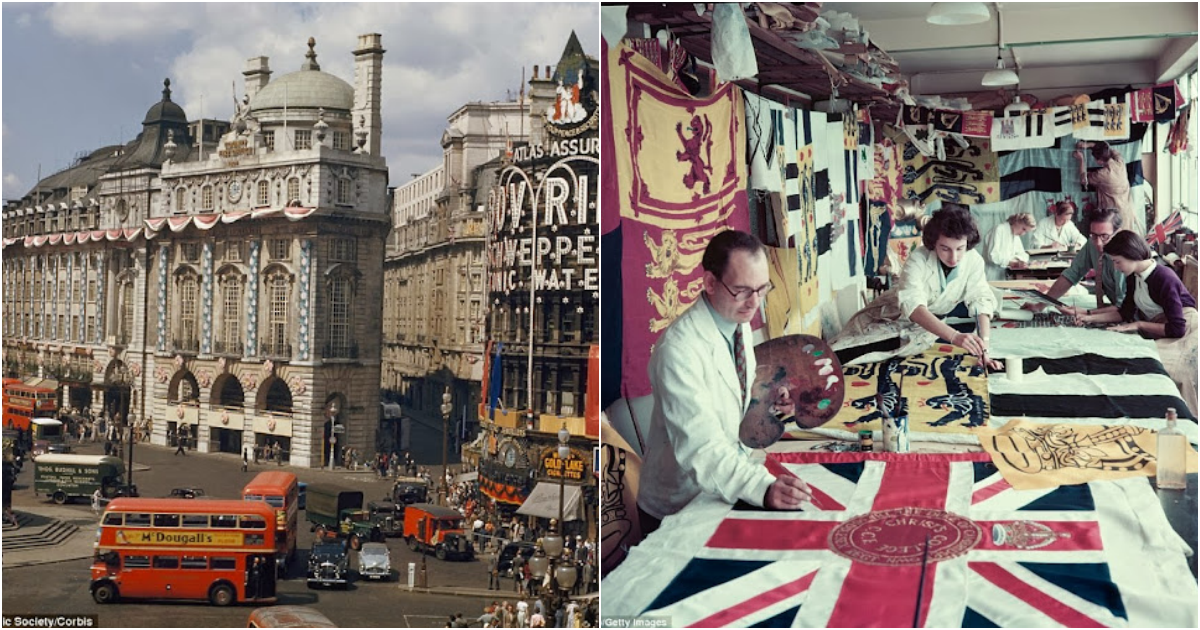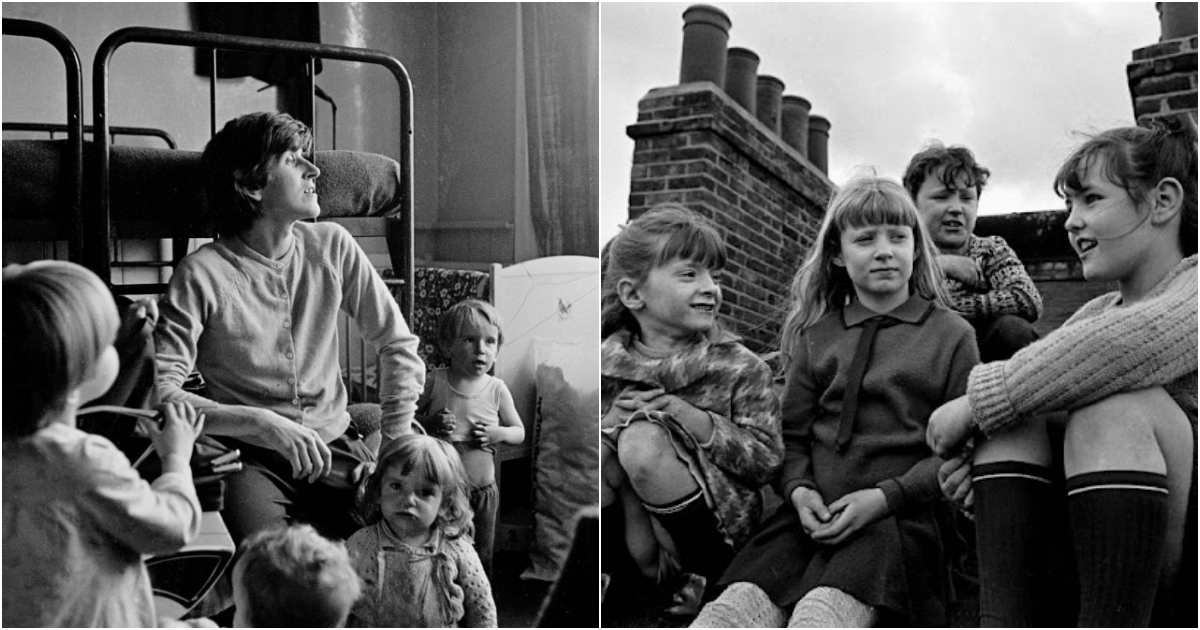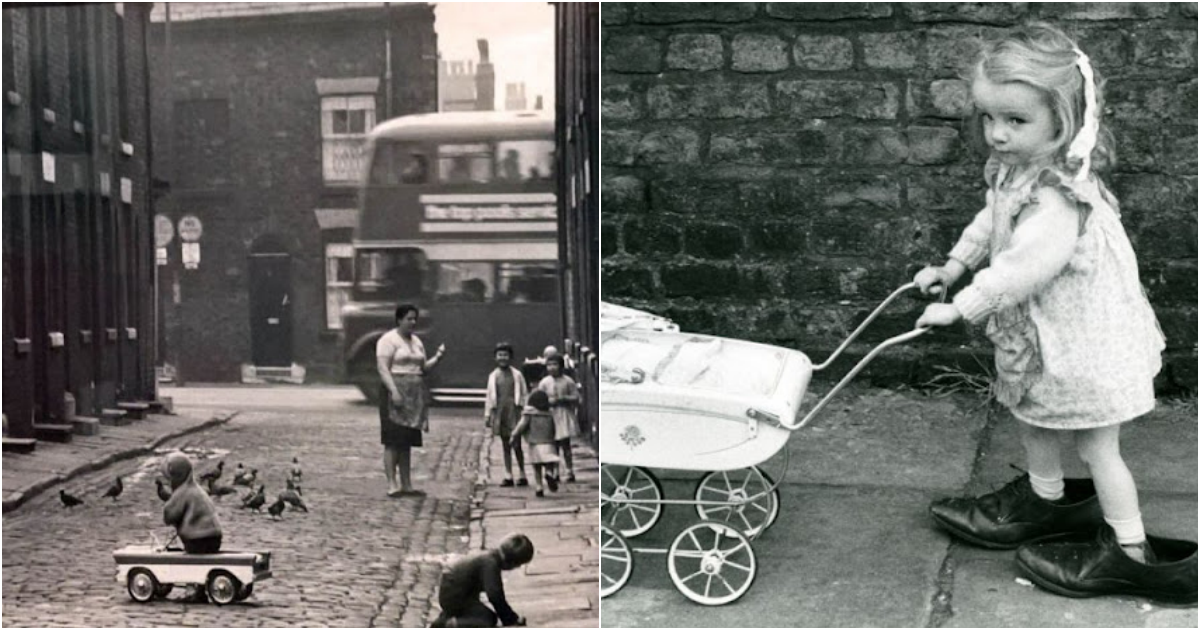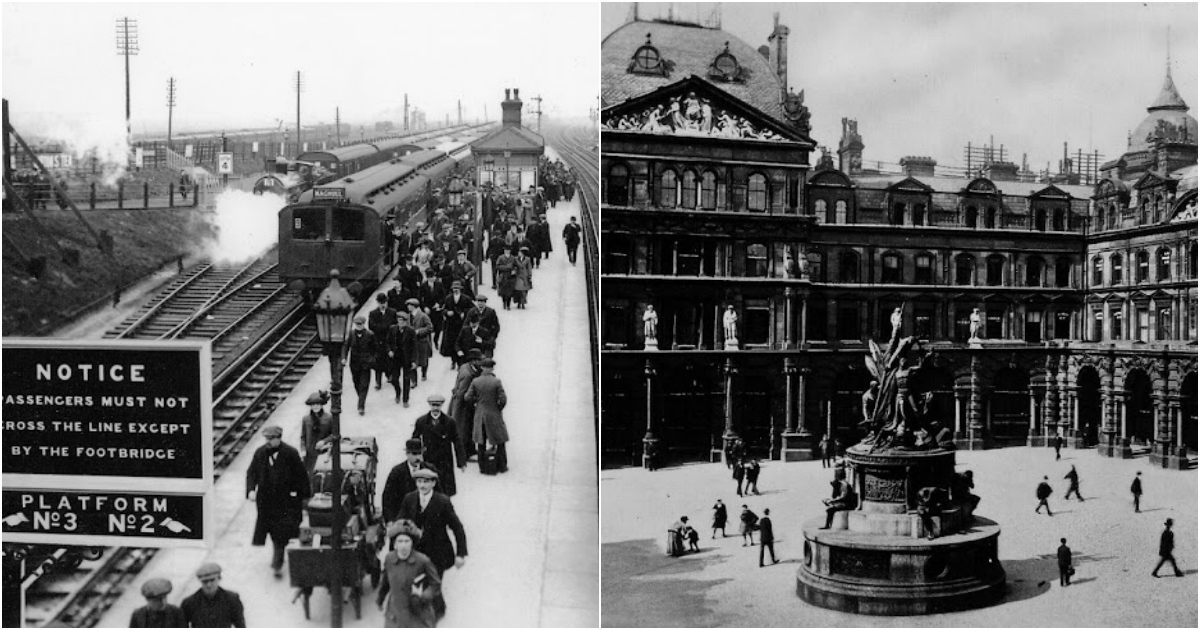The conflict sent millions of Europeans fleeing the persecution, fighting, and poverty that came with it. The displacement began even before the war did, as the first signs of Nazi aggression pushed German residents and their neighbors—particularly Jews—to seek safety elsewhere. Migration continued throughout the war, as families left burned-out towns, children were sent to safer areas, and the scale of Nazi crimes increased. Even the return of peace saw a surge of refugees, with released prisoners as well as citizens of occupied Axis powers left wandering the continent.
All told, by some estimates, a total of about 60 million Europeans became refugees during the entire World War II period. According to the United Nations, a million people had yet to find a place to settle by 1951, more than five years after the fighting stopped.
The despair and urgency of Europe’s contemporary humanitarian plight has been powerfully communicated through photography, and that was no less true during the Second World War. These are just a few images that help convey the impact and scope of the post-war refugee crisis.

|
| Betti Malek—pictured on May 17, 1945—was one of numerous child refugees brought from Belgium to England after the Germans seized Antwerp in 1940. (AP Photo) |

|
| German refugees and displaced persons crowding every square inch of a train leaving Berlin after the war's end. 1945. (Margaret Bourke-White—The LIFE Images Collection/Getty Images) |

|
| On Aug. 10, 1944, a girl and her grandmother wait in a schoolyard in Saint-Pois, Normandy, France. Refugees fled to Saint-Pois to escape the fighting in Mortaine during the final battle for Normandy. (Galerie Bilderwelt—Getty Images) |

|
| In 1945, a handful of survivors remain of the 150 refugees who left Lodz in Poland two months earlier, headed for Berlin. They follow railway lines in the hope of being picked up by a British train. (Fred Ramage—Getty Images) |

|
| Refugees in La Gleize, Belgium, on Jan. 2, 1945, wait to be transported from the war-torn town after its recapture by American forces during the German thrust into the Belgium-Luxembourg salient. (Peter J. Carroll—AP Photo) |

|
| Refugees from across Central Europe queue for food at an Allied Forces refugee camp in Germany, on Mar. 20, 1945. (Allan Jackson/Keystone—Getty Images) |

|
| A stream of refugees and people who have been bombed out of their homes moving through destroyed streets in Germany in 1945, after end of war. On the left, two Soviet soldiers can be seen patrolling. (ullstein bild—Getty Images) |

|
| A group of Dutch refugee children arriving at Coventry Station in the U.K., in 1945. (Ian Smith—The LIFE Picture Collection/Getty Images) |

|
| German refugees fleeing from the Russian zone in the first few weeks after the end of World War II in Europe, seen on Oct. 25, 1945. They are sleeping on straw in a makeshift transit camp at Uelzen in the British zone of Germany. (Keystone—Getty Images) |
 |
| German refugees crowding the market square on Mar. 3, 1945, at Juchen, Germany, a town captured by the U.S. Army at the end of the Second World War. (Fred Ramage/Keystone—Getty Images) |
 |
| Exhausted, homeless German refugees huddled in a city municipal building seeking shelter. 1945. (Leonard McCombe—The LIFE Images Collection/Getty Images) |
 |
| Dutch child refugees arrival In Britain at Tilbury, Essex, on Mar. 11, 1945. The small paper parcel under the boy's arm contains all his luggage. (Ministry of Information Photo Division Photographer/IWM—Getty Images) |
 |
| Refugees from eastern Germany around 1944-1945. (Berlin Verlag/Archiv/picture-alliance/dpa—AP Photo) |
 |
| German civilian refugees prepare to flee war-torn Aachen, Germany as the battle for the doomed city draws to a close, Oct. 24, 1944. (Keystone—AP Photo) |
 |
| Women and children standing at the roadside in 1945. (dpa/picture-alliance/dpa—AP Photo) |
 |
| Swiss Jew Eva Bass, formerly a nightclub singer in Paris, entering refugee camp at Fort Ontario, with her children Yolanda and Joachim, whom she carried on a 60-km trek through the fighting lines to reach the American transport ship Henry Gibbins. 1944. (Alfred Eisenstaedt—The LIFE Picture Collection/Getty Images) |
 |
| German civilian refugees walking through the streets of Aachen, Germany, on their way to a safer area away from the combat zone, on Oct. 15, 1944. (FPG/Hulton Archive—Getty Images) |
 |
| A Civil Affairs Refugee Camp in France, 1944. (Ralph Morse—The LIFE Picture Collection/Getty Images) |
 |
| War refugees walking through Berlin with their belongings on Dec. 15, 1945. (dpa DANA/picture-alliance/dpa—AP Photo) |
 |
| A Frenchwoman with two children and belongings loaded on a baby carriage seen in Haguenau, France on Feb. 20, 1945, before they started on their long trek to a safe rear area. They are some of the refugees leaving the town because of the planned withdrawal of the 7th U.S. Army. (AP Photo) |

|
| An attendant with white brassard (front, r) accompanies newly arrived refugees, in January 1946, through the refugee camp in Bebra, Germany. (dpa/picture-alliance/dpa—AP Photo) |



